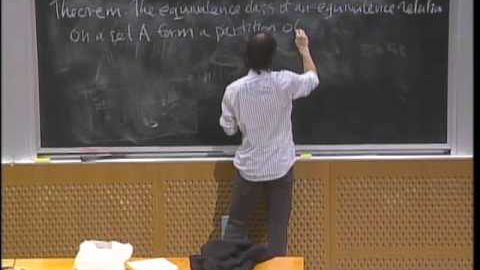
Subtitles & vocabulary
Lec 11 | MIT 6.042J Mathematics for Computer Science, Fall 2010
00
Dou Lin posted on Save
Video vocabulary
direct
US /dɪˈrɛkt, daɪ-/
・
UK /də'rekt/
- Transitive Verb
- To tell someone in a very clear way to do something
- To show the way by conducting or leading
- Adverb
- Coming straight from something
A2TOEIC
More set
US /sɛt/
・
UK /set/
- Adjective
- Prepared for something; ready
- Fixed; not able to be changed.
- Transitive Verb
- To make a clock state or ring at a particular time
- To decide upon or choose something
A1TOEIC
More order
US /ˈɔrdɚ/
・
UK /'ɔ:də(r)/
- Noun
- Religious or social group, as of nuns
- Instructions to others to do what you want
- Transitive Verb
- To put things in a sequence, e.g. a, b, c
- To give instructions to others to do what you want
A1TOEIC
More property
US /ˈprɑpəti/
・
UK /'prɒpətɪ/
- Noun (Countable/Uncountable)
- Particular quality that someone or something has
- Buildings or piece of land owned by someone
A2TOEIC
More Use Energy
Unlock All Vocabulary
Unlock pronunciation, explanations, and filters
